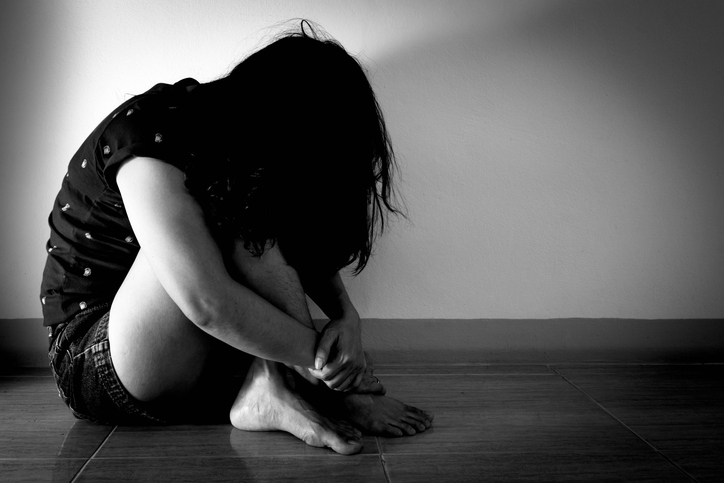Case Study: Provoked Vulvodynia
Provoked vulvodynia is one of the many chronic pelvic pain syndromes we see presenting in women. This complex and multifactorial condition has a significant impact on every aspect of the lives of these women who are often young. There is increasing evidence supporting a multi-disciplinary, biopsychosocial approach. This case study illustrates Physiotherapy best practice.
Subjective History
- Lucy, a 25-year-old nulliparous female, was referred to WMHP from her GP with onset of dyspareunia 6 months ago. Lucy has been with her boyfriend for 2 years, and previously enjoyed comfortable intercourse. With previous partners there has been no pain, but sometimes “a bit slow getting it in”.
- Around the time her pain started Lucy had recurrent urinary tract infections and was treated with a few courses of antibiotics, which would often lead to thrush. Recent swabs and urine tests are negative, however Lucy is “scared that there is still an infection that has been missed”. She has used tampons in the past, currently reporting feeling “irritated” when using them. PAP smears have always been difficult.
- Previous treatment: Lucy has seen a physio in the past who gave her a set of dilators to use at home, and told her she needed to stretch out her vagina. She tried this at home for a few months and wasn’t having any success so she gave up.
- Bladder: Lucy has some bladder dysfunction, reporting “peeing more often than my friends” and “trouble starting the flow” but doesn’t experience urgency or incontinence.
- Bowels: She has irritable bowels, mainly bloating and cramps, has tried cutting out wheat and dairy with minimal benefit, and reported “they get worse if I’m stressed out”
- Social history: Lucy lives at home with her mother and sister. Her parents separated 12 months ago. She is studying psychology and finds university quite stressful.
- Attitudes about sex: Lucy “never feels like having sex anymore” and is “scared she will never be able to have sex ever again”. She is worried this will lead to a relationship breakdown.
- Past history: Lucy was diagnosed with anxiety when she was 18, and started medication. She has seen a counsellor in the past, however feels she is now managing well.
- Medications: Lexapro and oral contraceptive pill
Objective Assessment
- Mild erythema of the vestibule on visual inspection of the vulva and perineal quivering with attempted pelvic floor muscle contraction.
- Q tip testing positive at 4 and 8 O’clock
- Internal vaginal examination: hypertonic and tender perineal and levator ani muscles, able to elicit a flicker contraction, with poor ability to relax her pelvic floor muscles.
Impression
Lucy is a classic presentation of provoked vulvodynia. It is likely that her dyspareunia was initially caused by repeated UTI/thrush infections, and continued due to pelvic floor muscle overactivity, sensitisation of the vaginal tissues, central sensitisation, anxiety, and unhelpful thoughts and beliefs about her condition.
It is likely that Lucy was unsuccessful with her previous course of physiotherapy as it took a biomedical approach, focussing only on the biological aspect of vulvodynia and not addressing the psychosocial factors.
The significant psychosocial contributors in Lucy’s history include anxiety, stress with university and recent separation of her parents, lack of libido and her combined fears of never being able to have sex again, relationship breakdown, and an undiagnosed cause of her pain.
Treatment Program
Lucy was treated with a biopsychosocial approach to management. Key treatment areas included:
- Education: Lucy was given a clear understanding of her condition, why it had happened, and what she needed to do to recover. Therapeutic neuroscience education helped Lucy understand the role of the brain in her pain. Assisting Lucy to understand her condition and road to recovery helped alleviate her fear associated with vulvodynia, and calmed her sensitised nervous system. Other strategies such as general relaxation, mindfulness, general exercise, good sleep hygiene were explored.
- Pelvic Floor re-education; instruction in pelvic floor muscle downtraining / relaxation including design of a home program to normalise muscle tension.
- Desensitisation program: rather than using trainers to “stretch out” the vagina, Lucy was educated that their purpose is to change her response to penetration. This graded exposure retrains the sensitised nervous system, emotional response and reflex pelvic floor muscle overactivity.
- Involve her partner: Lucy was encouraged to attend with her boyfriend. Having her boyfriend at consultations helped him understand her condition, enabled him to support her, and made it something that they could work through together, rather than just being ‘her problem’.
- Arousal and desire: Lucy and her boyfriend were educated in the importance of arousal and desire, and encouraged to explore and focus on pleasurable intimacy in their relationship. It was discussed that referral for sexual counselling would be useful.
- Address anxiety: Lucy was educated that anxiety was contributing to her condition, was taught relaxation skills, and encouraged to return to see her counsellor, which she did.
Outcome
After 9 months of treatment, Lucy and her boyfriend are enjoying a healthy, pleasurable and pain free sexual relationship. This positive outcome is due to an individualised biopsychosocial management program addressing the many contributing factors. With a clear understanding of the different factors driving her pain, Lucy was receptive and committed, working with the Physiotherapist and her boyfriend to achieve her goals.
August 2017





